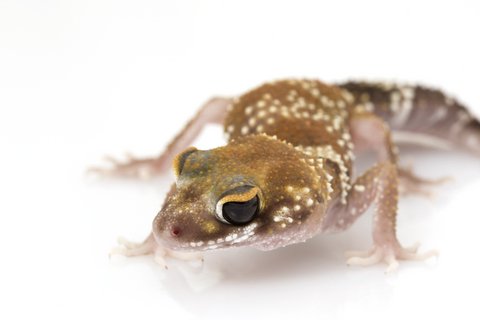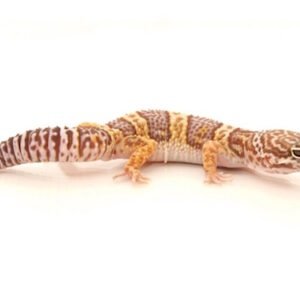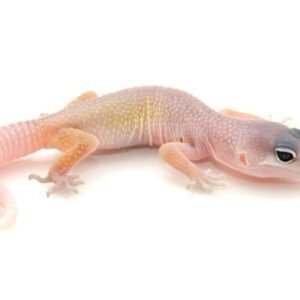Understanding the Australian Barking Gecko
The Australian Barking Gecko, scientifically known as Underwoodisaurus milii, is a fascinating reptile native to various regions across Australia, including the arid deserts and grasslands of central and western Australia. These geckos thrive in diverse environments, from rocky terrains to shrublands, showcasing their adaptability to different habitats. As a unique species, the barking gecko has evolved specific traits that make it well-suited for survival in the wild and as a potential pet.
One of the most notable aspects of the Australian Barking Gecko is its sociability and engaging behavior. Unlike many other reptile species, these geckos exhibit a high degree of social interaction, often displaying playful behaviors when housed in groups. They are primarily nocturnal, becoming active at night to hunt for food and explore their surroundings. Their distinctive barking sounds, which can be heard during mating season or territorial disputes, add to their charm and contribute to their common name. This vocalization is not just a means of communication; it also serves as a fascinating feature for pet owners to observe.
In terms of physical characteristics, these geckos are relatively small, averaging between 15 to 20 centimeters in length. They possess a soft, granular skin texture, adorned with intricate patterns that provide effective camouflage against predators in the wild. Their diet mainly consists of insects and small invertebrates, making them insectivorous by nature. In captivity, it is crucial to replicate their natural dietary habits to ensure optimal health. Overall, understanding the Australian Barking Gecko’s natural habitat, behaviors, and dietary needs sets the groundwork for responsible pet ownership, ensuring that these enchanting creatures thrive in a domestic environment.
Caring for Your Australian Barking Gecko
Providing excellent care for your Australian Barking Gecko involves creating an optimal habitat, understanding their dietary needs, and being aware of potential health issues. These geckos thrive in a well-established terrarium environment that mimics their natural habitat. The recommended terrarium size for an adult Barking Gecko is at least 20 gallons. Ensure to provide vertical space, as they enjoy climbing and exploring. Proper heating is essential; maintain a temperature gradient between 80°F to 90°F during the day, dropping to about 70°F to 75°F at night. Use a reliable heat source such as a basking bulb or under-tank heater while ensuring there are cool areas for thermoregulation.
Humidity levels in the terrarium should be monitored closely, with a range of 30-40% being ideal. This can be maintained by misting the enclosure lightly several times a week and providing a shallow water dish. Substrate choices may vary, but options like paper towels, tile, or reptile carpet can facilitate easy cleaning and hygiene. Avoid using sand or loose substrates that may pose a choking hazard.
Feeding your Australian Barking Gecko involves offering a balanced diet primarily consisting of gut-loaded insects such as crickets, mealworms, and roaches. These insects should be dusted with calcium and vitamin supplements to ensure proper nutrition. Adult geckos typically require feeding every 2-3 days, while younger ones may need daily feeding sessions. Monitoring their weight and activity level can provide insights into their nutritional needs.
Common health issues include metabolic bone disease and parasites. Signs of stress in your gecko may manifest as lethargy, loss of appetite, or abnormal behavior. To foster a positive relationship, handle your gecko gently and allow them to acclimate to your presence. By following these care guidelines, pet owners can ensure their Australian Barking Gecko flourishes in a healthy and enriching environment.





